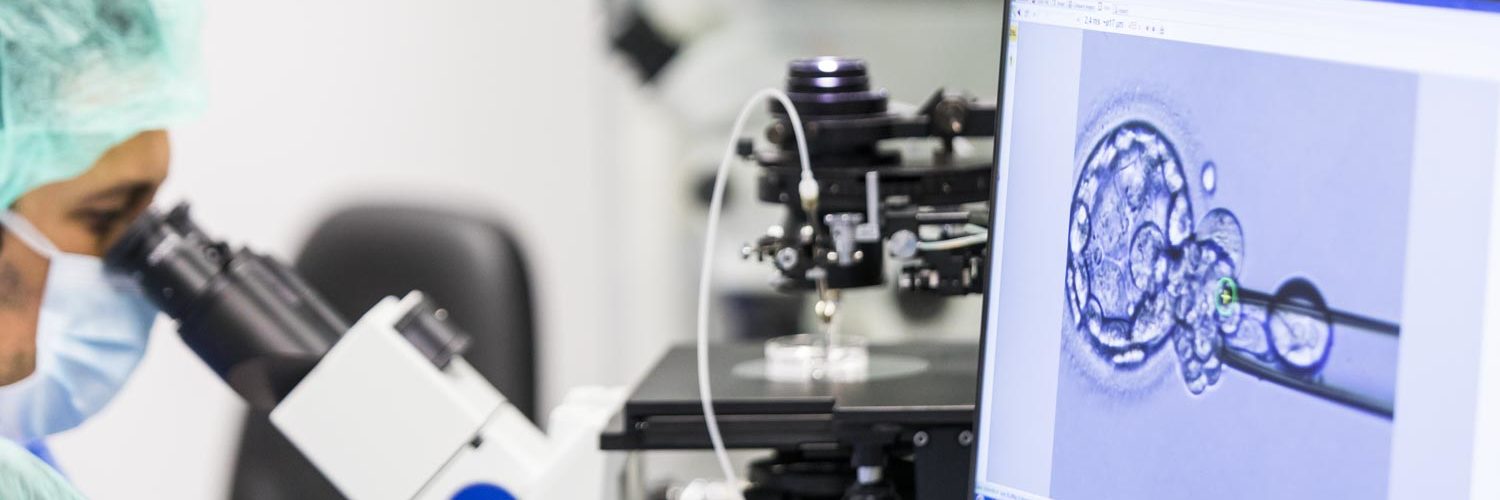
From simple prayer and totemic rituals to ancient herbal remedies, spells and incantations, we humans have a long history of searching for a cure for infertility. Since the urge to procreate is one of life’s primal forces, this is not surprising. In the 21st century, although we may have moved on from magical concoctions to evidence-based medicine, the impulse remains the same. Assisted reproductive technology techniques are now the subject of extensive scientific research and development. They also represent effective interventions to help millions of individuals to achieve their dreams of becoming parents.
These assisted reproductive techniques cover a whole range of needs from the lightest of touches to highly technical processes involving surgical procedures and meticulously timed hormonal treatments. Whatever the nature of the infertility treatment in question, they have a single aim in common: the birth of a much-wanted and healthy child.
From simple steps giving nature a helping hand…
Approximately 84% of couples will conceive naturally within a year of trying, and so if you are just beginning to think about starting a family, the odds are on your side. And for the minority who experience fertility problems, there are plenty of diagnostic and treatment techniques that can help.
Even before considering fertility treatment, there is a lot that individuals can do to boost their chances of conceiving with a healthy lifestyle in terms of diet, exercise and sleep. For practical tips on this and other aspects of preconception care, have a look at our IVI blog article on tips for women for getting pregnant.
Ovarian stimulation and artificial insemination
If it turns out that you need some help with fertility, the least complex assisted reproductive technique is a treatment for lack of regular ovulation. This could simply take the form of hormonal medication to ensure that the ovaries produce one or two eggs, followed by sexual intercourse at a predetermined time. Usually, however, in order to optimise the potential for conception, artificial insemination involves stimulation of the ovaries plus preparation of a sperm sample to make sure only the most viable sperm are used. The sample is then deposited straight into the woman’s uterus at the time of ovulation.
To more complex assisted reproductive techniques…
More complex assisted reproductive techniques, the best known of which is in vitro fertilization (IVF), have a higher success rate overall than artificial insemination. Basic IVF starts with ovarian stimulation and the collection of the resulting oocytes. These are then fertilized in the laboratory with a prepared sperm sample. After around five days of development, thebest quality embryo is inserted into the maternal womb and, all being well, implantation and pregnancy will follow. These days there are several variations and refinements of this basic method:
Intracytoplasmic sperm injection (ICSI)
ICSI is in a sense a refinement of the IVF technique. In the original IVF, sperm and oocytes are mixed together in the laboratory for fertilization to take place. In ICSI, which is recommended in cases of male infertility, a single sperm is selected and microinjected directly into the egg, thus maximising the potential for fertilization.
Preservation of fertility
The preservation of fertility is also a variant of the basic IVF technology, in which the process is interrupted by the freezing of the oocytes before fertilization. The technique used is known as vitrification. It prevents ice crystals from forming, allowing the same prognosis for eventual fertilization and pregnancy as the point at which the oocytes were vitrified. When the woman decides the time is right, the IVF process continues with the thawing of the oocytes, fertilization in the laboratory and insertion of a resulting embryo into the uterus.
The ROPA method
ROPA (Reception of Oocytes from the Partner) is one of the assisted reproductive technology treatments which responds to social as well as medical needs. The ROPA method allows same-sex female couples to ‘share’ motherhood: one contributes her oocytes which are then fertilized in the laboratory and when an embryo is ready, it is inserted into the womb of the other partner. In this way, both partners participate actively in their shared parenthood.
Pre-implantation genetic testing
A further very significant benefit of the IVF procedure is the ability to carry out genetic testing. This is particularly valuable for patients who are at risk of passing on any serious hereditary diseases to their offspring. Having the embryos available for testing before transfer to the womb means that this risk can be identified and prevented. Preimplantation Genetic Testing can also prevent the possibility of transferring embryos which cannot result in a viable pregnancy.
…And highly technical new developments
The world of reproductive medicine continues to develop new techniques and technologies in support of continuous improvement in assisted fertility. For example, for patients making use of donor eggs or sperm, at IVI we have developed a technique known as .
Artificial intelligence can also improve the efficacy of embryo selection through monitoring development in the laboratory to a higher degree of accuracy than was previously possible. This monitoring plays an important role in the Embryoscope technique, which we contributed to developing. Embryoscope enables us to maintain the culture conditions stable, while providing a record of images and videos of your future baby from its biological beginnings. Embryo cell division can be viewed in real time on a monitor, allowing the embryologists to detect the most crucial events, and then to classify the embryo´s quality according to morphokinetics parameters. The Embryoscope time-lase technique capture moments from the beginning of life.
What will be the next new advancement in assisted reproductive techniques? Keep an eye on the IVI website to keep up to date with all the latest developments!





Comments are closed here.